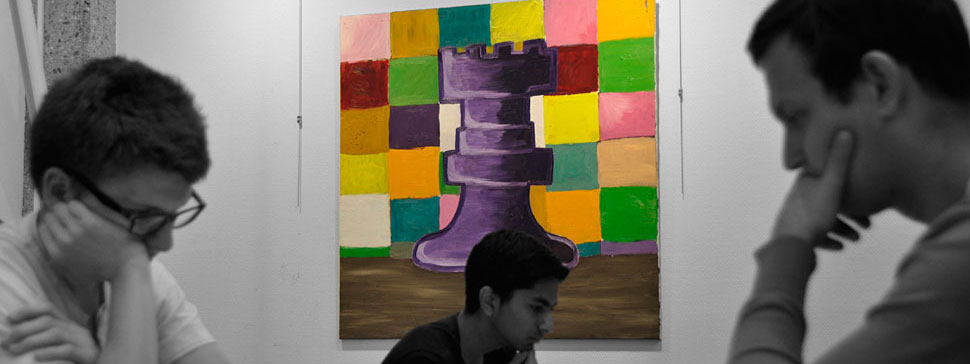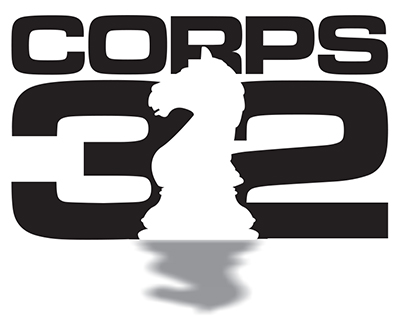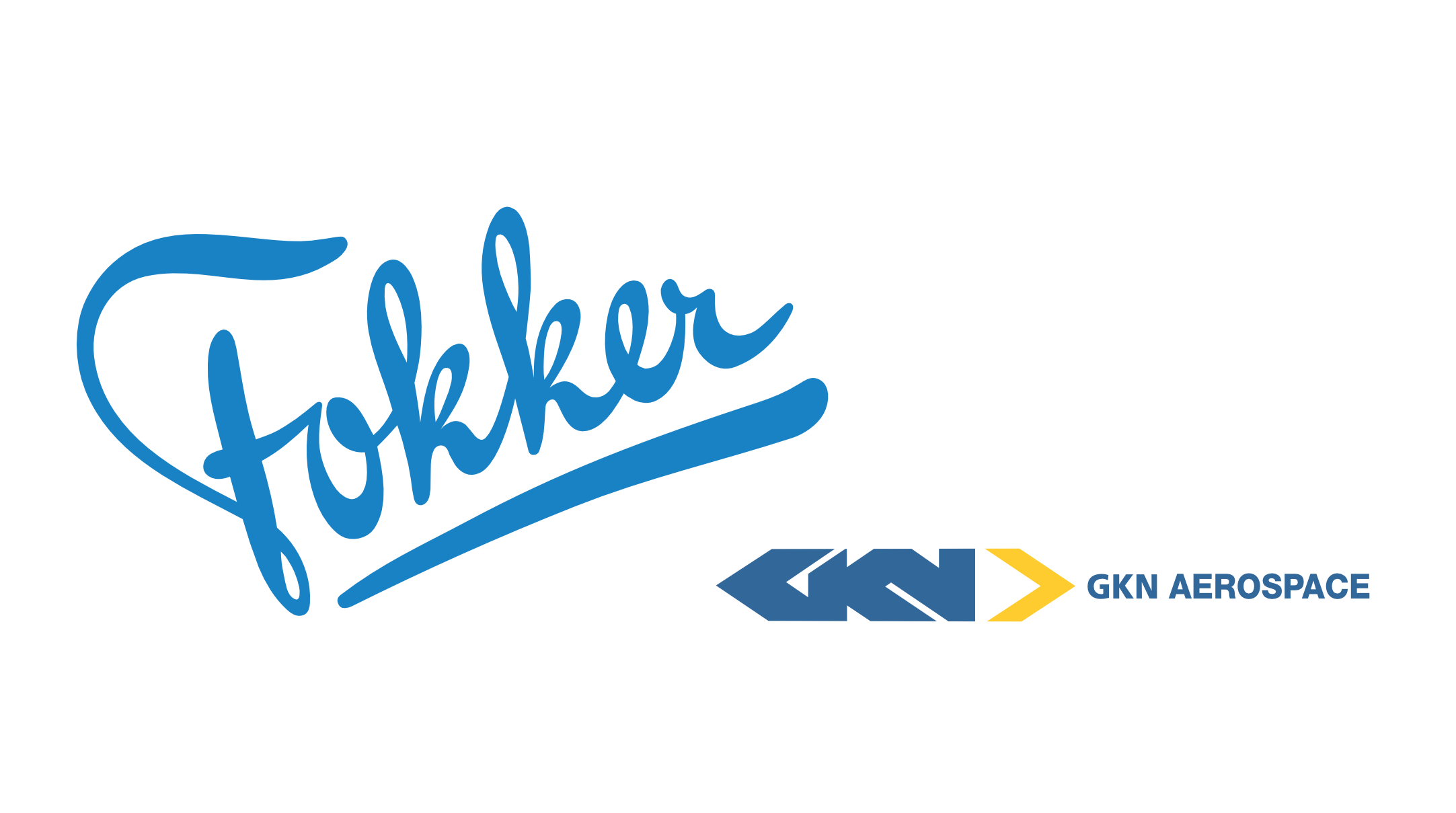While around him everything is being drawn, he remains imperturbable, in total concentration, behind the board. The Netherlands is perhaps Alexander Beliavsky’s favourite chess country, because here he has had some of his greatest successes: Tilburg 1986 and 1991, OHRA, Hoogovens. We don’t know if this is the reason, but in any case he is going all the way here, every day. He had prepared well against the namesake of an old rival who eliminated him from the Candidates’ Matches in the crucial year 1983. Today things were quite different: Beliavsky played in superior style and won easily, ranging himself with the three leaders Mikhalevski, Roiz and Vovk.
Beliavsky - Kasparov
1.d4 Nf6 2.c4 c6 3.Bf4!?
A prepared surprise: ‘I know that Kasparov plays either of two lines: the Volga or the Slav. So I opted for this rare move’, said Beliavsky.
3...d5 4.e3 a6 5.Nc3 b5
The Ukrainian chess legend doubted if this was the best move.
6.cxd5 cxd5 7.Rc1
Simple play; Black will be having trouble along the open c-file for the rest of the game.
7...e6 8.Nf3 Bb7 9.Ne5 Be7
Beliavsky thought the bishop would have been better on d6 or b4.
10.Bd3 Nbd7 11.Nxd7 Nxd7 12.0–0 0–0 13.a4 b4 14.Na2 Rc8 15.Rxc8 Qxc8 16.Qd2

Crystal-clear play. Another rook will appear on c1.
16...b3 17.Nc1 Nb6 18.Nxb3 Nxa4 19.Na5 g6
This loses a piece, but also after 19...Ba8 or 19...Nb6 the black position is depressing.
20.Rc1 Qa8

Now on 21.Rc7 Black still has the temporary save 21...Bd8, but:
21.b3
Now on 21...Nb6, both 22.Rc7 and first 22.Nxb7 win, so Black resigned.

Photo: Peter Doggers
The player from Arnhem, Mees van Osch, already had a good tournament, and today he also beat Sipke Ernst with black. Tomorrow, with the white pieces against Jiri Stocek, even if he loses he will have scored an IM-norm.
On a lower board we saw a familiar theme.
Henseler - Goossens

17.Nd4!
A type of positional knight sacrifice that became well-known after the game Anand-Wang Hao, Wijk aan Zee 2011 (there the white queen was on a4 and the b-rook on a1, and Black’s d8-rook on f8), and which was described earlier as ‘The Trojan Horse’ by Viktor Moskalenko in one of his books. This theme also features in Arthur van de Oudeweetering’s new book Improve Your Chess Pattern Recognition. For the piece White gets an enormous pawn roller in the centre.
17...exd4 18.cxd4 Nbc6 19.Rfd1 Ne7 20.Bf2 Nac6
Black would be glad to return the piece after d4-d5, but White has all the time to choose a more favourable moment.
21.Bg3 Qd7 22.Bd6!?
White tries to achieve complete control, but after Black’s reply this doesn’t entirely work out.
22...a6 23.Be2 b5 24.Qc2 Nc8 25.d5

But this is the right moment.
25...Nxd6 26.cxd6 Qa7+ 27.Kh1 Rxd6 28.dxc6 Rxd1+ 29.Rxd1
This was a technical win, which didn’t cause White too much trouble.

 .
. 






















